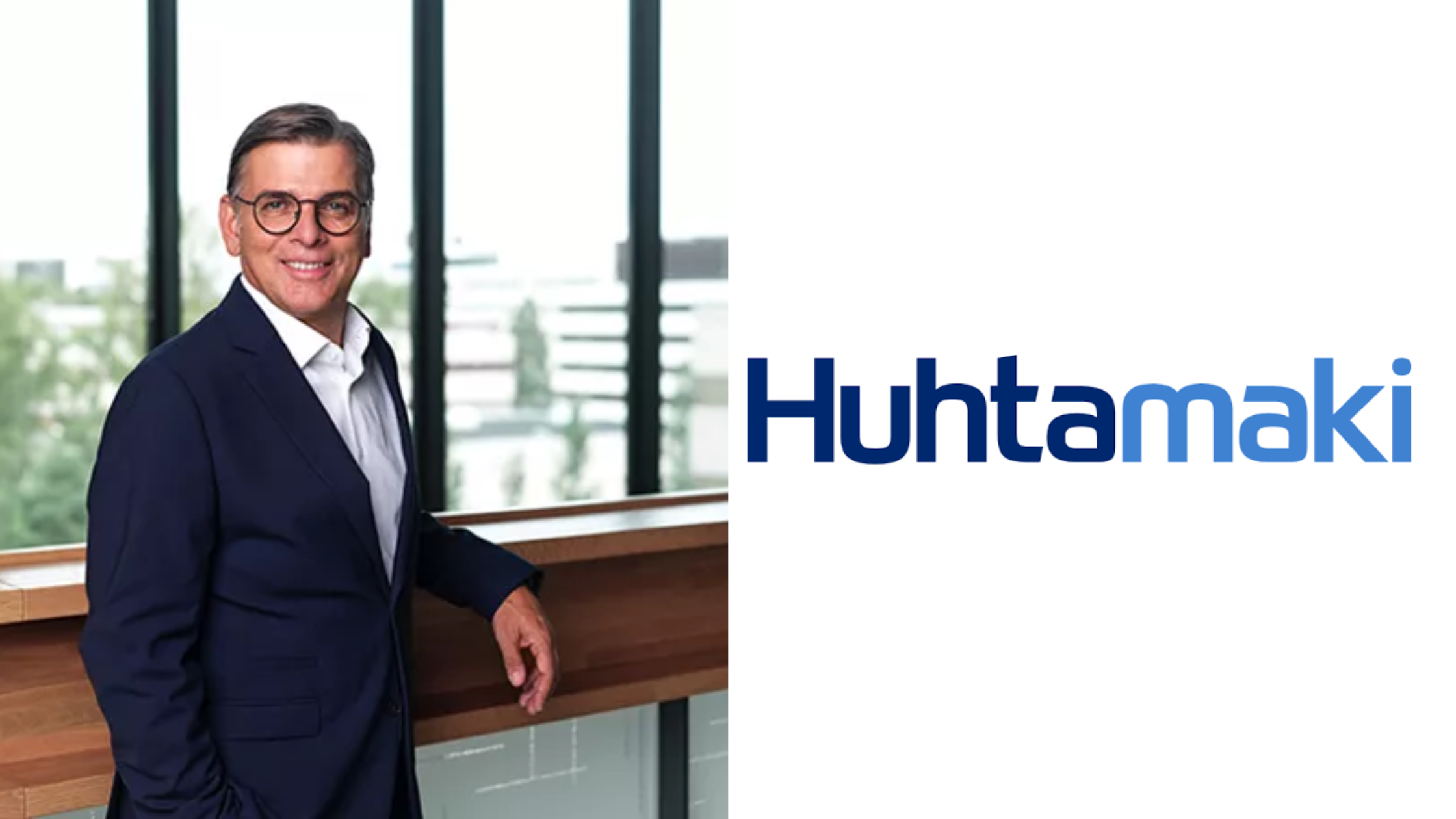IN-DEPTH: Why Age Diversity Is Coming To Be a Priority in Boardrooms
Board makeup is under sharper examination than ever before. While sex and ethnic diversity have actually long controlled conversations, age diversity is currently emerging as a key differentiator for boards looking for more powerful performance and durability.
According to Dess Digital’s market intelligence testimonial, the average age of directors has actually remained constant– around 63 for the S&P 500 and 62 for the Russell 3000. Nonetheless, a change shows up: one in four new board appointees in the past year remained in their 50s, and an expanding share are in their 40s.
Recent study enhances the worth of this adjustment. Alliance Bernstein found that firms with higher age differences on boards delivered stronger annualized returns, specifically in innovation-driven sectors like modern technology and medical care.
Why Age Diversity Issues
Directors from different generations bring diverse life and specialist experiences, reinforcing decision-making in areas such as:
- Arising threats: ESG, cybersecurity, AI, and information governance.
- Modern technology fosters: Understanding of disruptive patterns and market changes.
- Strategic durability: Stabilizing institutional memory with fresh perspectives.
As independent supervisor Eddie Ramos clarifies, “Critical problems encroaching on board programs include points that numerous 60-plus supervisors have little direct experience in. Younger supervisors can help boards remain ahead of rapid change.”
Difficulties to Progress
Regardless of its advantages, accomplishing true age variety deals with obstacles:
- Time commitments: Younger execs may have a hard time balancing demanding professions with board duties.
- Sequence preparation: Boards need to balance connection with revival.
- Cultural obstacles: Some boards continue to be careful about designating younger participants.
As Leslie Campbell, Chair of PetMeds, notes, “Boards are much more energetic today, and the dangers are greater. Younger executives frequently can’t dedicate the necessary time while climbing up in their jobs.”
Discovering the Right Equilibrium
Professionals recommend that boards go for a multi-generational mix:
- A third with a longer period and deep institutional understanding.
- A third at mid-tenure, combining security with adaptability.
- A third brand-new entrant, bringing fresh insights and digital fluency.
This equilibrium allows boards to sustain governance quality while preparing for arising obstacles.
The Course Ahead
Age variety is not about replacing one generation with another but about blending perspectives. Experienced directors can advise more recent members, while more youthful directors introduce digital-native reasoning and agility.
As Ramos ends: “Everyone should bring something to the table. When different generations link and learn from each other, that’s when you see one of the most constructive conference room dynamics.”
At Dess Digital, our team believes efficient governance starts with well-balanced boards. Our digital board portal helps nomination boards, chairs and company assistants take care of sequence preparation, examine structure and get ready for the future of governance.




